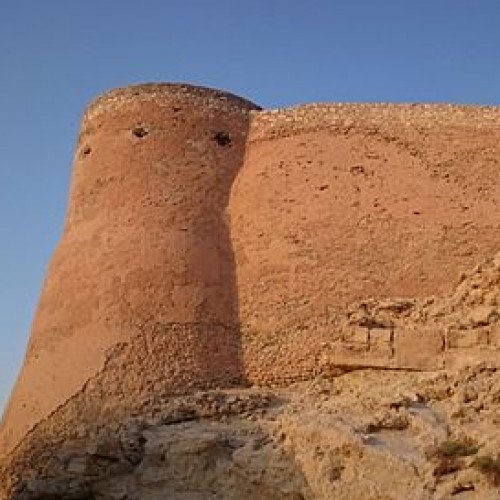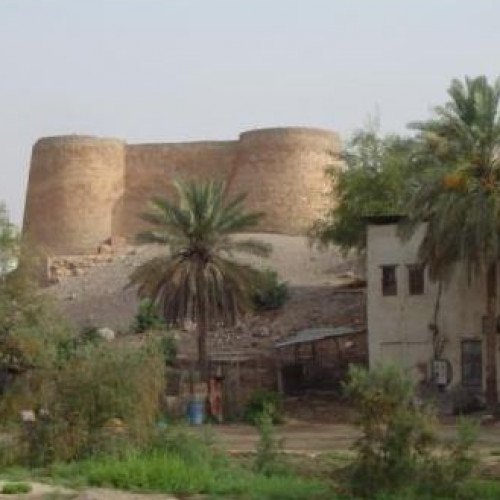Castles of "Saudi Arabia" TAROUT CASTLE vs TAROUT ISLAND

TAROUT CASTLE
Fort Tarout or Tarout Castle (Arabic: قلعة تاروت) is a historic castle located at the top of a hill in the center of Tarout Island, Qatif, eastern Saudi Arabia. The base at which the castle was built on goes back to 5000 BC. The castle itself was built on the base of an old Phoenician temple, that was dedicated to Astarte, during Uyunid Emirate. Other researchers believe that it was built in the 16th century between 1515 and 1520 AD during Portuguese invasion of Persian gulf and was one of their defense point after they restored it on 29 March 1544. Tarout castle was originally built during the rise of Dilmun civilization and dedicated to the worship of Mesopotamian goddesses, such as Ashtar, which the name Tarout is derived from. The fort dates back to 5000 years ago, with many inscriptions found in it as well as the Mesopotamian God's statues. Invaded by the Portuguese in the 16th century, they took it as a military base, and was later left in ruins. It has an oval-shaped irregular inner plan that has a total area of no more than 600 square metres (6,500 sq ft), surrounded by a wide wall constructed with sea mud, gypsum, and Fourosh rocks. It had 4 towers in total and one was destroyed during a battle. The fort is located on a hill in the centre of Tarout Island; the hill is the highest feature on the island. There used to be a spring beside the castle called "Ayyin Aloudda" (the old spring) which was the main source of water for the Island.
Statistics for this Xoptio

TAROUT ISLAND
Tārūt Island (Arabic: جزيرة تاروت) is an island in the Persian Gulf belonging to the Eastern Province of Saudi Arabia, connected by two causeways to Qatif. It is six kilometers from the coast, and is the longest island in the Persian Gulf after Qeshm Island, extending from Ra’s Tannurah in the north to Qatif in the west. The island has an area of 70 square kilometers, and a population (2010) of 77,757. It contains a number of towns and villages, including Tārūt itself, Deyrah, and Darīn. Tarout's history dates back to pre-5000 BC. It is considered as one of the most ancient sites that were inhabited by humans, as well as one of the oldest areas along the Arabian Peninsula. Tarout was the heart of Dilmun Kingdom and had a major role in the history of the region since 3000 BC. Human habitation in this area over the centuries was very large and archaeological discoveries were found until recently, which is rare in most parts of the world's archaeological sites. The Island had a significant role in trade activity in the entire Persian Gulf region. It was a central point for trade between Mesopotamia and along the coastal areas in the east of the Arabian Peninsula. Its strong relationships with many of the urbanized areas along the region were well known. The Christian practice that a marriage was only valid if blessed by a priest was first mandated by a synod of Christians living in the region held in Darin in 676 CE by Patriarch George I—chief bishop of the Church of the East, one of the two main churches of the Syriac Christian tradition.